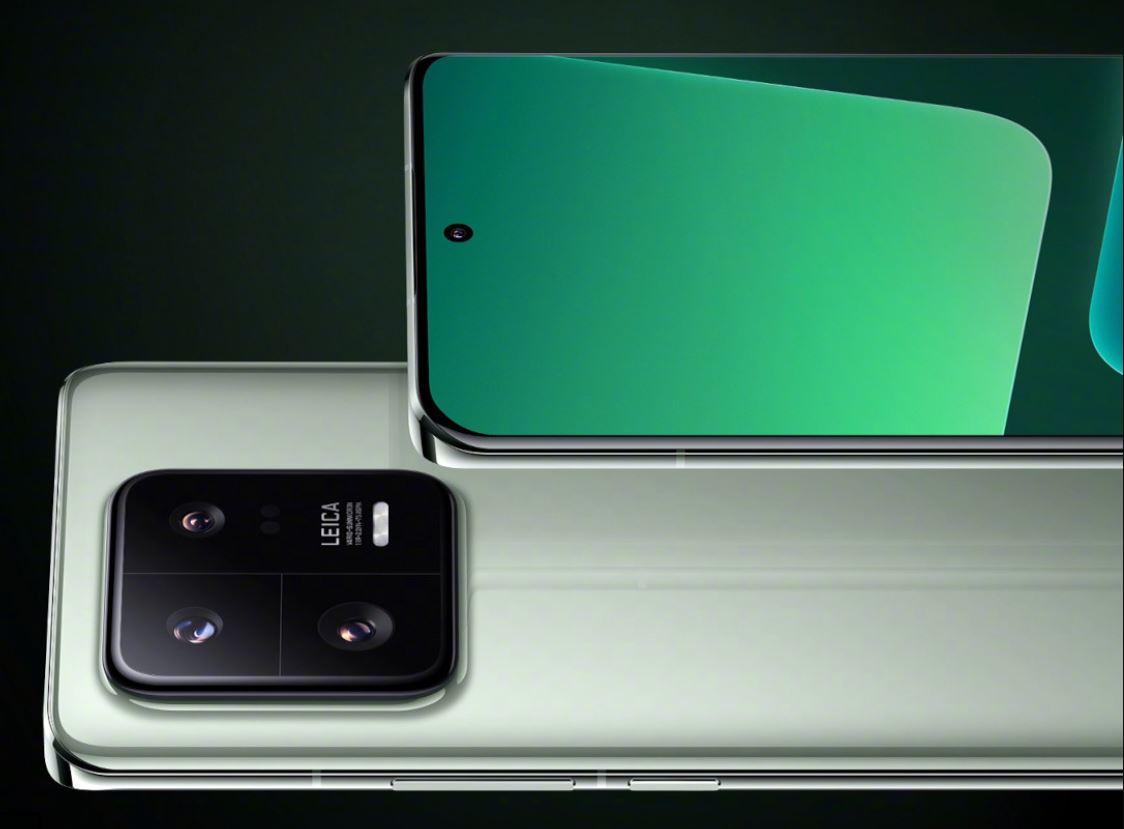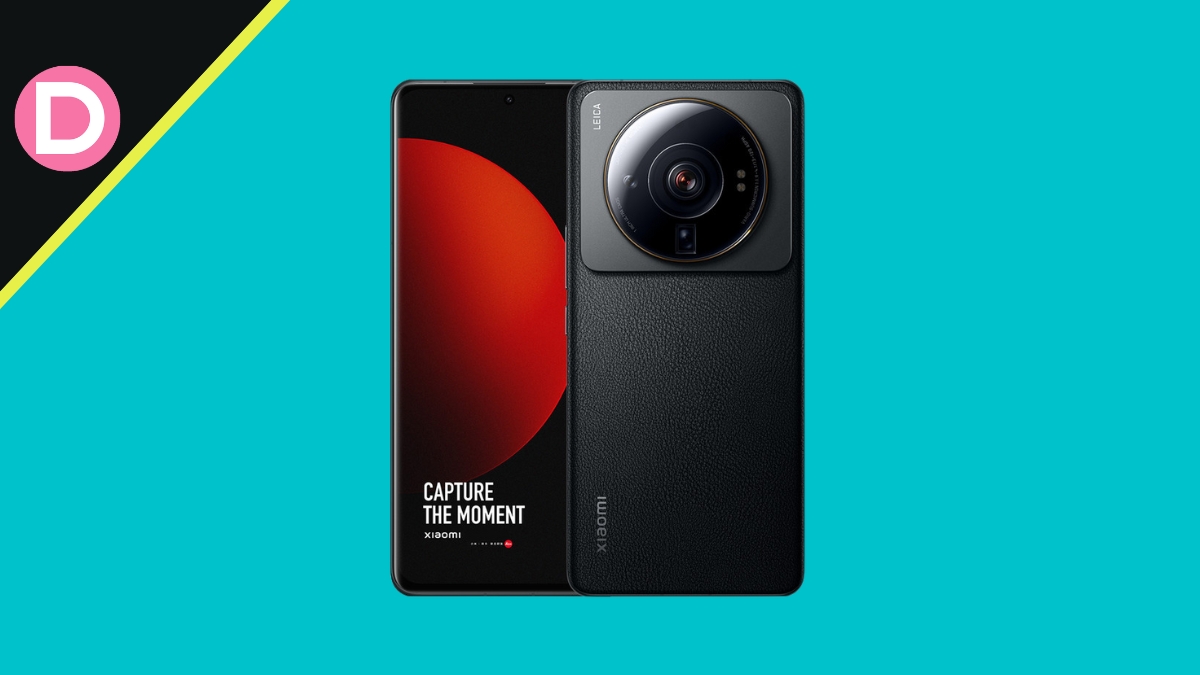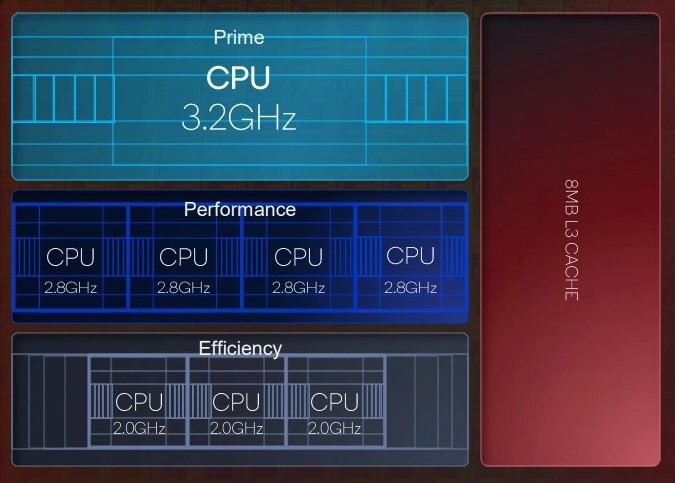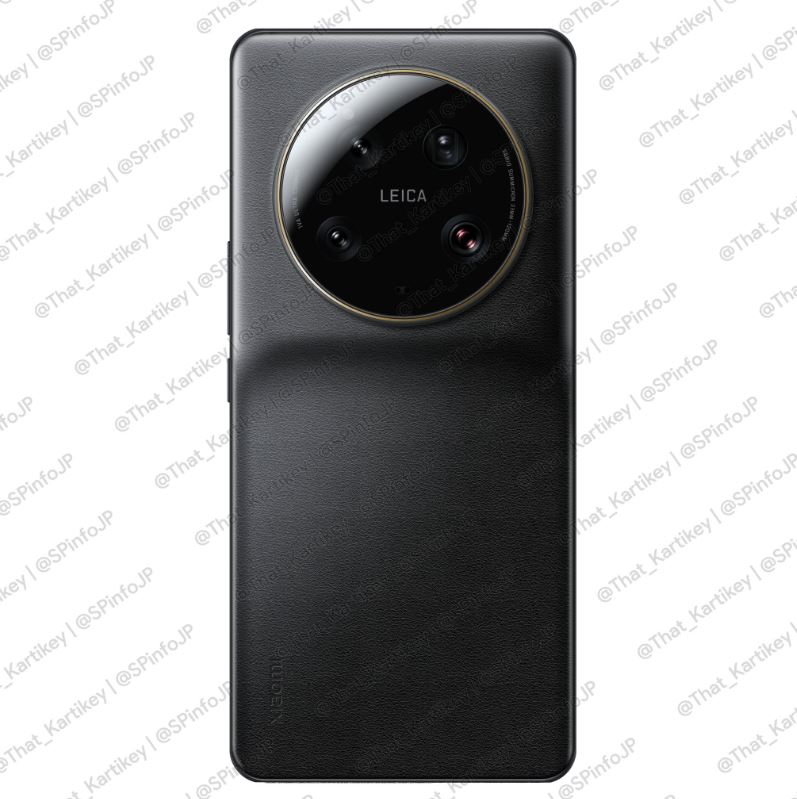The Xiaomi 13 Ultra (or 13s Ultra) is rumored to launch around the first half of 2023. It’s the successor to the Xiaomi 12S Ultra. It’ll reportedly improve on its predecessor’s most significant weaknesses. The Chinese launch for the Xiaomi 13 and 13 Pro already happened in December 2022. The phones are said to make a global appearance sometime in February 2023.
The Xiaomi 12S Ultra has a good set of cameras, but it lacks a portrait lens. Photos between the 50mm and 80mm range look the best for portraits. This is because the higher the natural zoom is used, the less distortion there is.
Better natural roll-off also comes in handy, making portrait photos look excellent. Xiaomi’s current 12S Ultra uses digital zoom for portrait mode, which is just not as good. Another weakness of this phone is the lack of a good front camera. It has a tiny sensor that can only do up to 1080P video.
Xiaomi’s December event did fix the portrait mode problem with the 13 Pro. The Xiaomi 13 Pro is a well-rounded flagship phone. Every specification is ultra flagship level except for the lack of a periscope camera and a small 1/2.76″ Ultra Wide Angle camera.
The highlight of the Xiaomi 13 Pro is the 1″-type IMX 989 sensor (cropped to 1/1.1″). It also has an excellent telephoto camera with a minimum focus distance of 10cm (maximum infinity). The 75mm telephoto with OIS takes portrait mode photos for a smartphone. This 50MP 3.2X telephoto camera also doubles up as a Macro camera.
What could Xiaomi upgrade from the 13 Pro to make it an Ultra phone? In this article, we’ll go over the expected specifications, release date, and price of the Xiaomi 13 Ultra.

Xiaomi 13 Ultra: The Cameras
- 1″ IMX 989 Variable Aperture (23mm, Primary)
- 1/2.4″ or 1/1.7″ IMX 858 for 3X, 0.6X, and 5X zoom.
- Leica Colour Tuning.
- Glass lens for reducing lens flare, 7P lens.
- Surge S2 Chip.
Primary Camera
The Xiaomi 13 Ultra will retain the IMX 989 sensor that the previous 12S Ultra and the Xiaomi 13 Pro used for the primary sensor. There are several reliable sources to confirm this. The IMX 989 on the 13 Ultra will be better tuned and well-optimized for better photos.
They will retain the collaboration with Leica. Leica helps Xiaomi with image processing, and there are two modes: Leica Authentic and Leica Vibrant. The Authentic mode attempts to shoot colors as they are but adds high contrast.
The dynamic mode adds contrast, but photos look rich, vibrant, and boosted. There is an element of personal preference for how your images look; hence, Xiaomi has given you a choice. The Surge C2 imaging chip will assist too.
Sony’s IMX 989 was developed in collaboration with Xiaomi back in 2022 for the Xiaomi 12S Ultra. It cost nearly 15 Million dollars to develop. While the 13 Pro crops in for an effective 1/1.1″ size, the 13 Ultra will use the entire 1″ sensor. The IMX 989 is a 50.3MP 23mm equivalent sensor with amazing Bokeh, great details, and stellar low-light performance.
There’s something special about the IMX 989 on the 13 Ultra, and that’s variable Aperture. Variable Aperture has not been used on a mainstream phone since the 2019 Galaxy S10+. It adjusts the amount of light your phone can let instead of having a fixed aperture.
Opening the phone to the least possible aperture value will let in the possible light, improving shutter speeds. The phone also has a glass lens to reduce flaring problems. Xiaomi 13 Ultra can also shoot in 4K with Dolby Vision HDR.
Zoom cameras
According to the leaker Ice Universe, the phone will use the IMX 858 sensor for every focal length other than the main 23mm IMX 989.
The 13 Ultra is expected to have the IMX 858 for both 3X zoom and 5X zoom. It’s a decent combination, mainly because it brings back intermediate zoom, which has been missing since the Xiaomi Mi 10 Ultra.
Xiaomi’s 12S Ultra’s 1/2″ 5X zoom camera was excellent, but the IMX 858 is mostly 1/1.7″ in size. That’s way larger than 1/2″. Other people predict that the IMX 858 might not be a new sensor.
It’s rumored to be a rebadged but improved IMX 758 sensor, which is 1/2.4″ in size. This is not particularly good for an ultra-wide, but very good for Zoom.
Earlier reports say the 13 Ultra’s periscope will be 1/1.7″ in size. If we’re going by that, the IMX 858 is a powerful sensor for 3X and 5X cameras. It’s a larger sensor than the JN1 (1/2.56″).
Ultra-wide and Front Cameras
The Ultra-wide angle camera will be larger in sensor size than Samsung and Apple’s offerings. But up against Oppo’s IMX 890 (1/1.56″), it does not look all that great. If the IMX 858 is 1/1.7″, then it beats Vivo’s custom 1/2″ ultra-wide angle camera.
We don’t have credible information about the front camera of the Xiaomi 13 Ultra yet. It’ll mostly stick to the outdated 1080P/ 30 FPS recording and use USBC Type 2.0. Both flaws could still be addressed, but there aren’t any strong rumors.
Xiaomi 13 Ultra: Display
- 120Hz 1440P LTPO 4.0 Dolby Vision HDR Samsung E6 AMOLED Display.
The display on the Xiaomi 12S Ultra was heavily criticized for using a Samsung E5 AMOLED panel. E5 AMOLED had a blue shift and poor viewing angles, even against E4. Other than that, though, the panel was on the top shelf. It has a 1440P resolution, a variable 120Hz refresh rate, and support for Dolby Vision HDR and HDR10+.
The Xiaomi 13 Ultra is expected to upgrade to the Samsung E6 AMOLED panel. Specifications on paper will remain the same. It’ll still be 1440P in resolution with adaptive LTPO 4.0 120Hz refresh rate, paired with HDR10+ and Dolby Vision.
There are three key advantages of E6. One, it’ll have better peak brightness levels. The 13 Ultra will break the 1900 Nits mark and might have over 2000. Two, better Pulse Width Modulation DC Dimming. 1920Hz DC Dimming results in really less flicker in low light.
This improves viewability in low light and prevents eye strain for those sensitive to AMOLED flicker. Third, it consumes less power because of LTPO 4.0.
Battery and Charging
Xiaomi will mostly not try anything crazy here. The 13 Ultra will probably stick to the same 50W wireless and 10W reverse Wireless charging. Wired charging might improve to 120W, and the capacity might increase to 5000 mAh. The Surge P1 charging chip will assist in charging as well.
Surge P1 enables fast and safe 120W charging. Considering 120W has made it down to Xiaomi’s 300$ phones, it makes no sense to stick to the old 67W. The chip might even be upgraded for the 12S Ultra.
Performance & Cooling
The Snapdragon 8 Gen 2 has already been used on the Xiaomi 13 Pro. It’s a tried and tested SOC with no heating issues so far. A lot of it depends on software optimization, of course. The 12S Ultra’s 8+ Gen 1 was already a stellar performer in terms of gaming and benchmarks since Xiaomi optimized it well.
We can expect the 13 Ultra to be a beast in terms of performance. This is because of the efficient 4nm Node from TSMC on which the 8 Gen 2 is based. It strikes a good balance between performance, thermals, and power consumption.
The Xiaomi 13 Ultra also might have an extensive vapor chamber cooling system for heat dissipation, though the exact details about the size are not available anywhere.
The 8 Gen 2 will improve battery life, which was already excellent on the Xiaomi 12S Ultra thanks to the 8+ Gen 1. The 13 Ultra might surpass the iPhone 14 Pro Max in battery life if tuned well.
Miscellaneous
Xiaomi’s contract with Harmon Kardon for speakers has ended, so it’s not likely that we’ll see speakers tuned by HK for the 13 Ultra.
The phone is rumored to have Two Way Satellite communication, similar to how Apple’s Satellite feature works. It’s helpful when you have no one to contact in an emergency without cellular reception.
1TB UFS 4.0 and 16GB LPDDR5X- the fastest standards available currently- are expected to be used for the 13 Ultra. Other variants with 12GB RAM and 512/ 256GB of storage will probably still use older standards.
The 12S Ultra was an exceptional phone in 2022, but many people couldn’t get their hands on it. That’s because it was limited to China, and you had to import one. The 13, 13 Pro, and 13 Ultra are all going global. Lei Jun already confirmed the Global availability of the 13 Ultra.
The Xiaomi 13 Ultra will be one of the first globally available Xiaomi phones to ship out of the box with MIUI 14, based on Android 13. We expect it to have three years of promised major Android updates.
Kartikey Singh, in collaboration with @SPinfoJP, has shared the unofficial renders of the upcoming Xiaomi 13 Ultra. He claims the authenticity of this render is close to 90%.
Xiaomi 13 Ultra case images have also surfaced online. We can see a round camera module on the back with four large camera cutouts. The bottom cutouts are probably for the dual-LED flash and microphone.
What we want to see
Camera reliability and consistency need improvements. While a rich contrast look is good, applying too much contrast to some scenes might ruin the photos. Indeed, the Leica+ IMX 989 combo still needs more refinements.
Xiaomi’s track record with software updates has never been impressive. The Mi 11 Ultra launched in India got the Android 12 update exceptionally late, and even then, people reported that it was a bug-filled mess.
MIUI updates are several months later than Google’s or Samsung’s updates. You’d expect severe changes if they took that long, but nope. Their release timeline, even for flagships, lacks consistency in India and globally. Just better updates will make Xiaomi flagships a compelling buy.
More recently, Samsung and OnePlus have moved to a four-year software update policy. Four major updates are something that people have requested for a long time on expensive Xiaomi flagships, but it still hasn’t happened yet.
When can we expect Xiaomi 13 Ultra to be released?
- Xiaomi 13 Ultra will likely be released on April 18, 2023.
Xiaomi officially confirmed that the Xiaomi 13 Ultra would be unveiled in April 2023 in China. It will also be released in the global market in the coming months. Though Xiaomi did not mention an exact release date, tipster Abhishek Yadav on Twitter revealed that Xiaomi 13 Ultra would be launched on April 18, 2023, in China.
Xiaomi 13 Ultra launching on 18 April, 2023.#Xiaomi #Xiaomi13ultra pic.twitter.com/aPNWiJDNgs
— Abhishek Yadav (@yabhishekhd) April 8, 2023
Xiaomi 13 Ultra Price Prediction
- Xiaomi 13 Ultra could be priced at INR 79,999 in India.
Xiaomi might not bring the standard 13 to India, but there are chances for the Pro and Ultra to make it here. The 13 Pro will be priced at around 999$ globally, similar to the pricing of the 12 Pro. In India, the 12 Pro was ~63,000 at launch.
The Mi 11 Ultra was launched in India for 70,000 INR, so we expect the 13 Ultra to have a price bump to about 80,000 INR. It’s justified for the price. Globally, the 13 Ultra might be priced right alongside the top offerings at 1099$ or 1199$.
Note: This post will be updated with the latest news about the Xiaomi 13 Ultra.





